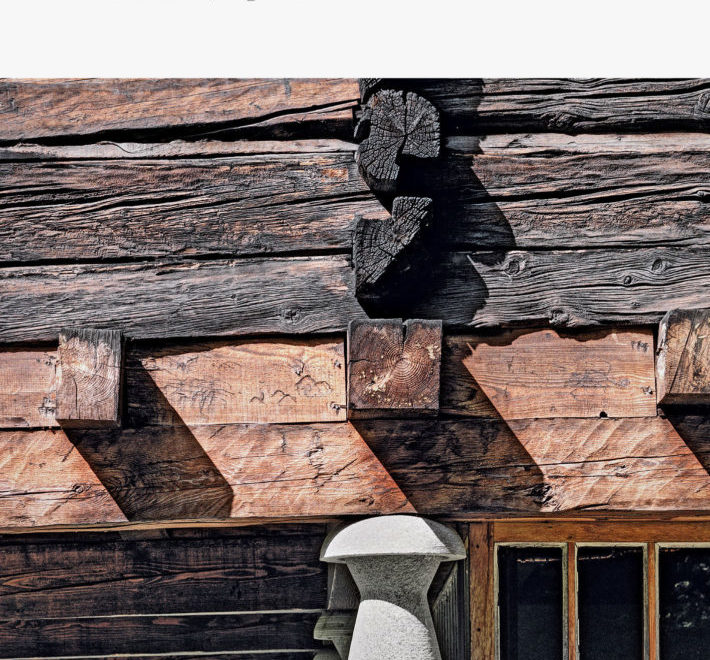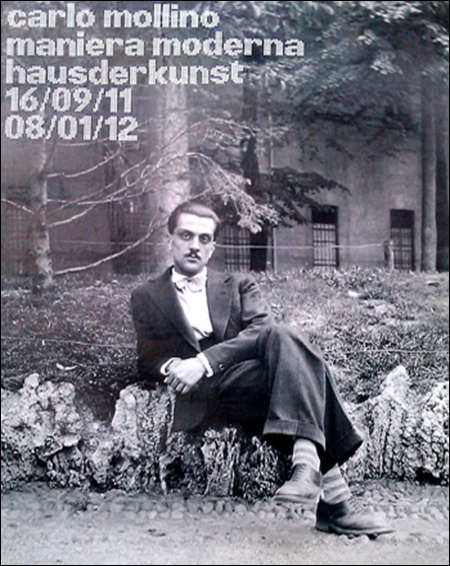Quodlibet | Carlo Mollino Designs | 2020
Carlo Mollino (1905-1973), unico figlio dell’ingegner Eugenio, nacque a Torino. Nei primi anni trenta iniziò la sua attività professionale, parallela alle passioni uniche che contribuirono alla costruzione della sua fama poliedrica e multidisciplinare. Mentre il suo lavoro spaziava dall’architettura al design, dagli interni alla fotografia artistica, si interessava di aviazione acrobatica, sci e automobili. La sua personale e celebrata concezione dell’architettura contemporanea si sviluppò tra il capoluogo piemontese e le Alpi occidentali.
Per i suoi progetti di interni attingeva da un assortito mondo di riferimenti che divennero parte integrante della sua idea di spazio domestico. “Carlo Mollino Designs” è una nuova lettura dell’opera del grande architetto e designer attraverso documenti d’archivio inediti e alla luce della mediazione intrapresa da Zanotta dal 1981, quando la sedia “Fenis” contribuì alla crescita dell’interesse per una delle figure più vivaci e versatili dell’architettura moderna.
Le opere prodotte da Zanotta descritte nel libro coprono un arco temporale di 21 anni: dai progetti per le case Miller (1938), Minola (1944) e Orengo (1949), fino al 1959 e alla sedia alpina Fenis per il Politecnico di Torino.
Autori: Laura Milan e Pier Paolo Peruccio
Editore: Quodlibet
Periodo: 2020






 “Carlo Mollino. Maniera moderna” was promoted and organised by the pretigious Haus der Kunst in Munich. It displayed for the first time in Germany the polyedric architect from Torino, reading his projects through a selection of buildings, furniture, photographs and passions: from the Casa del Sole (Cervinia) to the Regio Theatre (Torino), from the Lutrario Dance Hall (Torino) to the House on the Agra plateau (Luino) and unpublished Polaroid photographs (all preserved in the archives of the Faculty of Architecture of the Politecnico of Torino), the DaMolNar, the manuals on skiing and the history of photography. The exhibition displays a large selection of furniture too: chairs, armchairs and tables designed inside his interiors.
“Carlo Mollino. Maniera moderna” was promoted and organised by the pretigious Haus der Kunst in Munich. It displayed for the first time in Germany the polyedric architect from Torino, reading his projects through a selection of buildings, furniture, photographs and passions: from the Casa del Sole (Cervinia) to the Regio Theatre (Torino), from the Lutrario Dance Hall (Torino) to the House on the Agra plateau (Luino) and unpublished Polaroid photographs (all preserved in the archives of the Faculty of Architecture of the Politecnico of Torino), the DaMolNar, the manuals on skiing and the history of photography. The exhibition displays a large selection of furniture too: chairs, armchairs and tables designed inside his interiors.